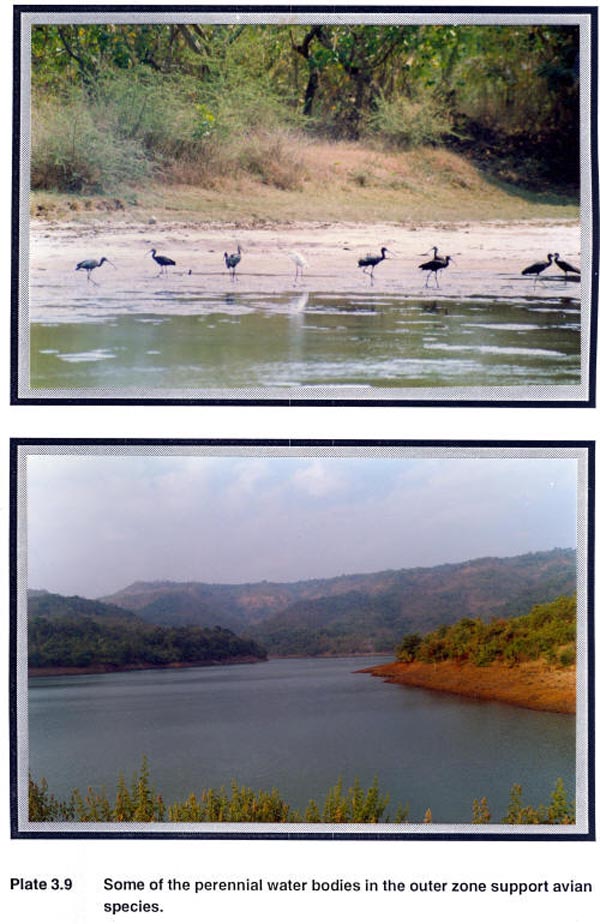Fauna of The Wetland Habitats
|
Maritime and mangrove represents the largest area under wetland habitat. Industrial development, agricultural expansion into these areas, fishing and other biotic interferences are some of the regular activities that occur in coastal zones. The coasts also have been attracting large number of tourist from Bombay and other nearby places. The tourist influx has considerably added to the disturbance factors that have been responsible in the degradation of the wetlands. The Amba and Kundalika, the only perennial rivers draining into Arabian sea were expected to have high values ecological significance as riverine habitats for fish and turtle fauna. However, our observations and secondary information confirm their unusually low potential to support aquatic fauna. Vikram Ispat and Nippon Dendro are major industrial establishments on the banks of Kundalika and Amba respectively. Excessive use of river for transportation of equipment, machinery and iron ore have polluted these rivers and have also led to loss of the bank vegetation in some stretches. Tinveera checkdam near Alibag and Umte reservoir near the village Umte are the two major water bodies in the northern and southern limits of the study area respectively. Both these reservoirs cater to the demands of the water supply for Alibag, Revadanda and other small villages. Frequently fluctuating reservoir water levels and presence of human habitation in the vicinity have led to the restricted use of these water bodies by the waterfowls. The village pond located on the outskirts of Alibag town is the only water body that has attracted few bird species round the year (Plate 3.9).
Based on the surveys conducted in the different wetlands of the study area, fish and avifauna are found to be the only representative of the aquatic communities.
|
Last Updated: September 30, 2015










